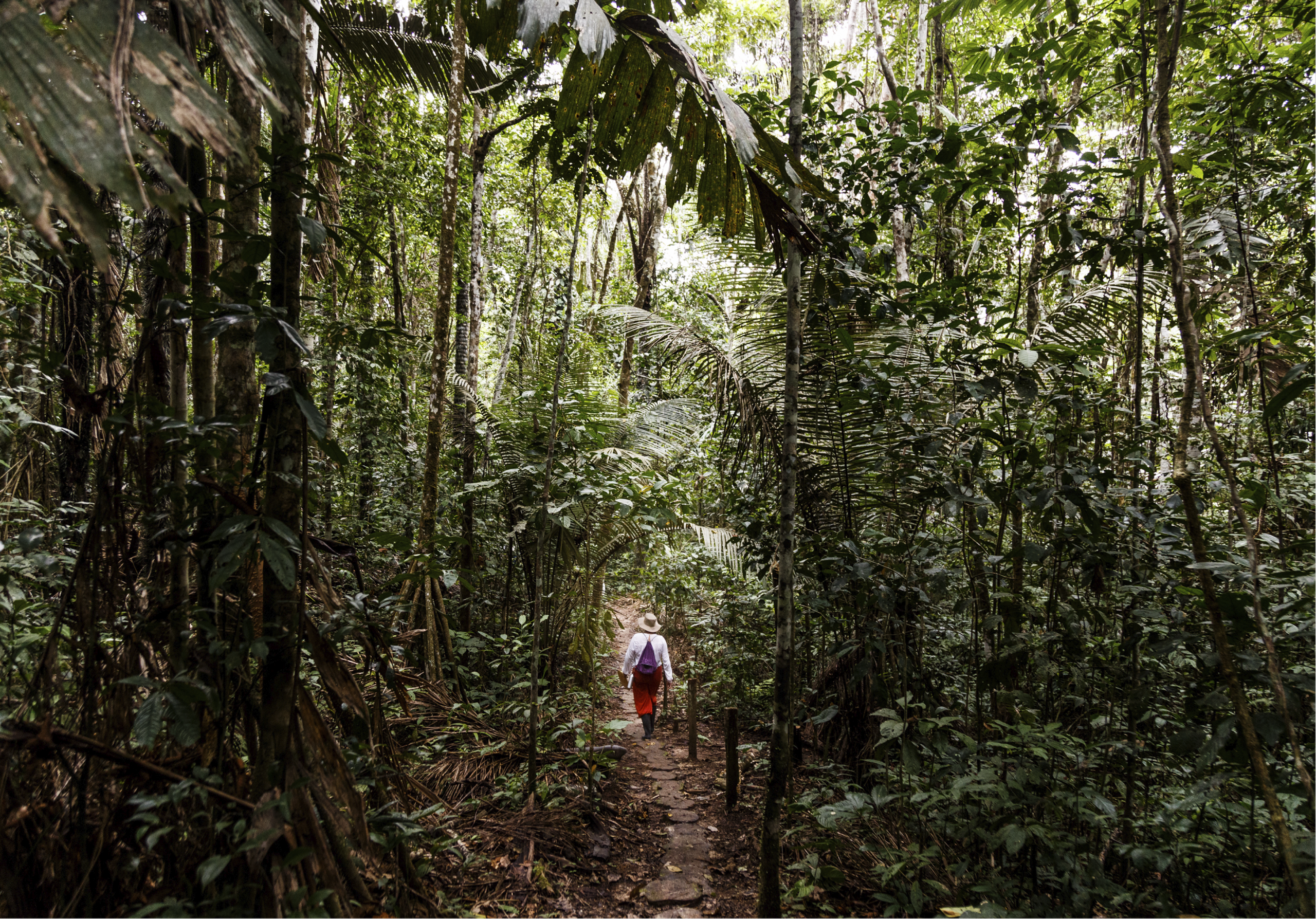Part I

Now as you can see from a map, the Amazon River flows into the Atlantic, on the east side of the South American continent.
But 15 million years ago, before the slow but violent rise of the Andes Mountains, the river flowed west into the Pacific. Just think the pink dolphins may have been here longer than the Andes Mountains.
The prehistoric whales where the ancestors of the pink dolphins and all other whales…. Dr. Gary Galbreath says … The first fossils were unearthed in places that once were shallow seas but are now dry land, like in Pakistan, Egypt and Texas.
No one was sure what they looked like, because scientist had only pieces of their skeletons.
Each bone was a precious glimpse at an otherwise vanished life.

The ancestors of whales were land mammals, but how a mammal whose ancestors had lived for millions of years on land slowly change into one who lived in the water like a fish….?
For many years, the evolution of whales and dolphins was one of the deepest mysteries of paleontology.
Only recently did scientist find the answer. It is a story so fantastic that if there were no fossils to prove it, no one would believe it.
The time was 50 million years ago. The epoch was the Eocene, the Dawn Age, for it were the beginnings of the Age of Mammals. At that time, there were whales that walked.

It sounds as impossible as dolphins who dance. But that´s the truth whales that walked.
Part II
The ancestors of the pink dolphins…. Going back on time…..
The time was 50 million years ago. The epoch was the Eocene, the Dawn Age, for it were the beginnings of the Age of Mammals. At that time, there were whales that walked.
It sounds as impossible as dolphins who dance.

But it is true and the truth is literally cast in stone in the fossilized remains of whales with legs.
A paleontologist named Hans Thewissen of Northwestern Ohio University was digging for fossils in an area of Pakistan that was full of fossil clams.
It was once a shallow sea, a good place to look for fossil whales. There the paleontologist found the bones of a creature that definitely was an early whale, one who had lived 50 million years ago.
Piece by piece a picture of the ancient whale came together, as Hans Thewissen dug up each bone.
The whale had front legs instead of front flippers. The backbone and ribs showed that the whale was probably about as big as a male sea lion. It may have weighed 660 pounds. But instead of back flippers like a sea lion or a fluked tail like a whale, this early whale still had legs.
At the end of its legs it had feet…!

He was the missing link between the land-dwelling mammal from which whales descended and the oceangoing creatures, whales would become.
But there is a gap in the fossil record, one that lasted 10 million years, until at the end of the next epoch, the Oligocene. The next whale fossils there is are skeletons of a creature who looked much like our pink dolphins today. They have no back legs; they have broad, flippered hands; and they were perfectly adapted to life in the water.

They said that toothed whales are the ancestors of the pink dolphins. Indeed pink dolphins and the Amazon evolved together. Many scientists think that the ancestors of the pink dolphins swam into the Amazon from the Pacific Ocean perhaps 15 million ago.
Before the Andes were born… the Amazon flowed to the Pacific and when all the geological changes began, the Andes started raising different marine fauna got trapped in huge lakes and evolved from marine to fresh waters species.
Scientist believes this was the case of the toothed whales who probably became pink river dolphins in time.







